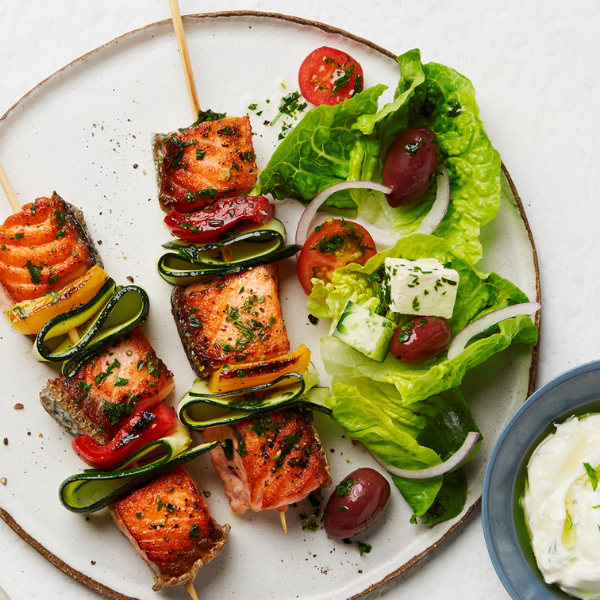Delicious foods that contain Vitamin D
Do you have low Vitamin D? Up to 1 in 3 Aussies have low Vitamin D, especially throughout the Winter months and with a number of health issues associated with low Vitamin D levels including low mood and issues for our bone health long term, Vitamin D is a nutrient we need to pay a lot more attention to in our diet.
Vitamin D is a fat-soluble vitamin which is produced in the body when the skin is exposed to sunlight. Despite Australia being a relatively sunny country, the increasing amount of time we spend indoors in the cooler months, and the fact many of us get very little direct sunlight when we are focused on sun protection throughout Summer means that many of us are simply not getting enough.
We also get some Vitamin D directly from our diet. Recent data from Curtin University has found that in the Australian food supply, there are a small handful of foods that contain a significant amount of Vitamin D. As we move into Winter, these are the foods to seek out on a daily basis to help increase our dietary intake of Vitamin D.
Atlantic salmon
Deep sea, cold-water fish like Tassal Atlantic salmon are one of the few foods that are naturally rich in Vitamin D. Considering that few Australians get the recommended 2 serves of fish each week for good health which means that many of us will benefit from including more fish on our weekly menu. Think salmon tacos, a salmon breakfast wrap or some canned salmon with your favourite lunch salad to boost both your Vitamin D and your intake of Omega-3 fat.
Eggs
Eggs are one of the most nutritious whole foods you can find, offering high quality protein as well as 13 other essential nutrients including a hearty dose of Vitamin D. In fact, just two eggs offer more than 80% of the recommended daily intake of Vitamin D. This means that including 7 eggs in your diet each week is an easy way to significantly increase your dietary intake of Vitamin D via a cost effective, protein rich food.
Mushrooms
Since Vitamin D is a fat-soluble vitamin, it may seem strange to hear that mushroom can be used to boost our intake, but there is a catch, the mushies have to have been exposed to the sun. Naturally mushrooms contain Vitamin D, but when exposed to UV light, they naturally produce more giving those who follow a plant-based diet a non-animal based, natural source of this important nutrient. The amounts of vitamin D in mushies differ depending on the variety with shiitake having the highest and if you do choose to leave your mushrooms in the sunlight, they need a good period of time, at least 30 minutes up to a few hours to really increase their Vitamin D content.
Fortified milks
There is a small amount of Vitamin D in milk, and you can also find some milks that have Vitamin D added, often with those varieties that also have extra calcium as these two nutrients work in unison in the body. For those who prefer plant-based milks, the good news is that there is also a growing range of soy and almond milks that contain Vitamin D and calcium, so seek out these varieties where you can. As milk is a food that many of us enjoy daily, a Vitamin D rich variety is a smart choice nutritionally.
Any views and opinions expressed in this blog belong solely to the original author of the opinion and can’t be attributed to the business or their blog.
This blog has been written by Susie Burrell.
Here are some of our favourite Vitamin D packed salmon recipes – perfect for Winter!





